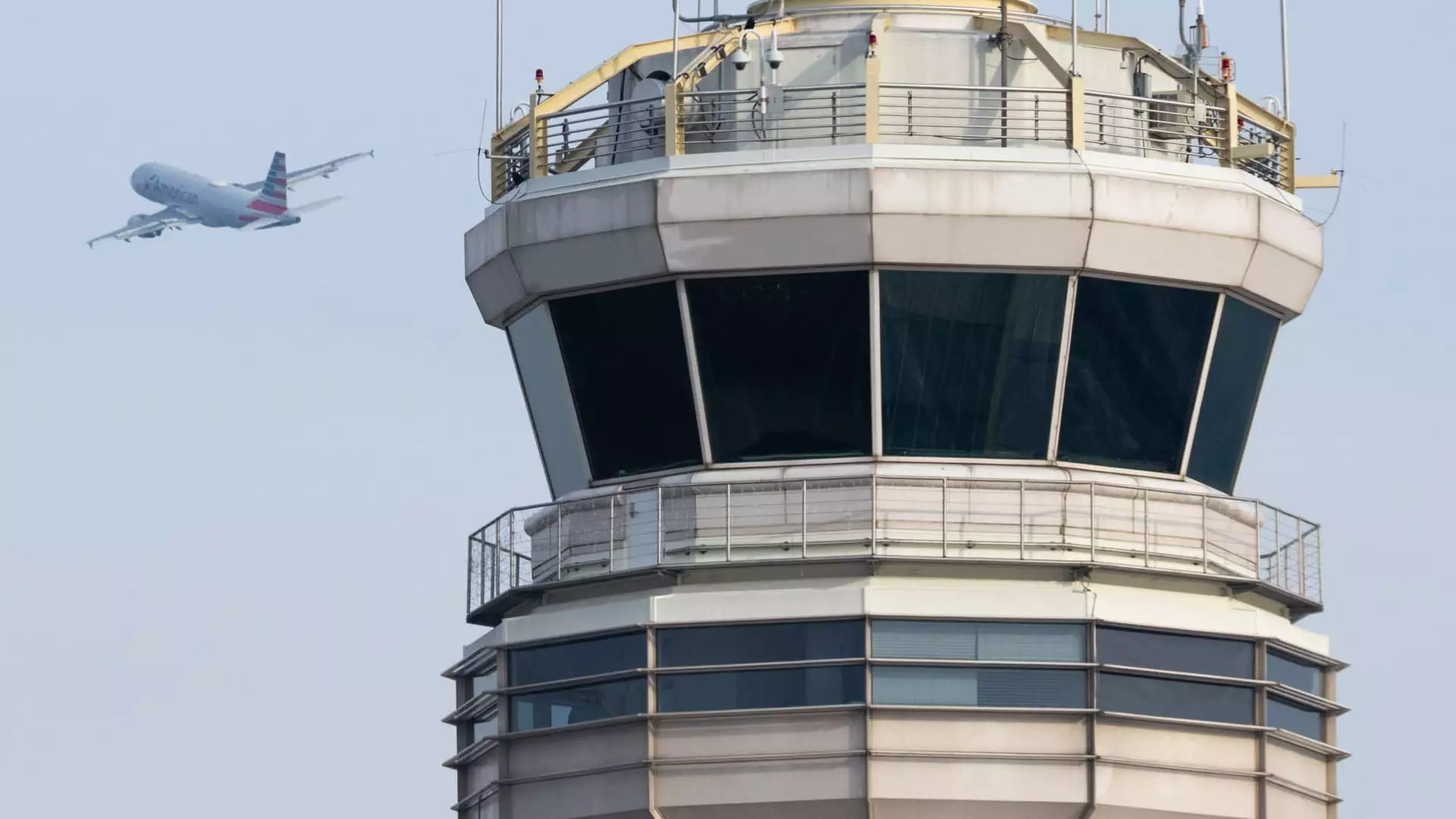The Federal Aviation Administration (FAA) has recently announced changes to the required amount of rest time for air traffic controllers in response to concerns over fatigue. These changes are set to take effect within 90 days and will have a significant impact on the scheduling and working conditions of controllers.
Under the new guidelines, air traffic controllers will be required to have a minimum of 10 hours of rest between shifts, up from the previous requirement of nine hours. Additionally, controllers will now need to have 12 hours of rest before starting an overnight shift. These adjustments come as a response to feedback from controllers and concerns raised about inadequate rest periods.
FAA Administrator Mike Whitaker expressed the importance of prioritizing the safety and well-being of air traffic controllers and the national airspace. He acknowledged the challenges faced by controllers due to demanding schedules that do not always allow for sufficient rest. Whitaker emphasized the agency’s commitment to addressing these issues promptly and effectively.
The FAA’s decision to increase rest time requirements for air traffic controllers comes amidst growing pressure to enhance air travel safety. Recent incidents involving close calls at airports, mechanical problems at airlines, and production issues at aircraft manufacturers like Boeing have raised concerns about the need for stricter regulations and oversight.
The shortage of air traffic controllers, exacerbated by a hiring pause during the Covid-19 pandemic, has resulted in forced overtime and overloaded schedules for many controllers. To address this issue, the FAA has ramped up its recruitment efforts, hiring 1,500 controllers last year and planning to hire an additional 1,800 this year. However, challenges remain as controllers in the U.S. are required to retire at the age of 56.
The FAA’s decision to increase rest time requirements for air traffic controllers is a step in the right direction towards improving safety and reducing fatigue-related risks in the aviation industry. By prioritizing the well-being of controllers and implementing necessary changes, the FAA is demonstrating its commitment to ensuring the smooth and efficient operation of air traffic control systems.

